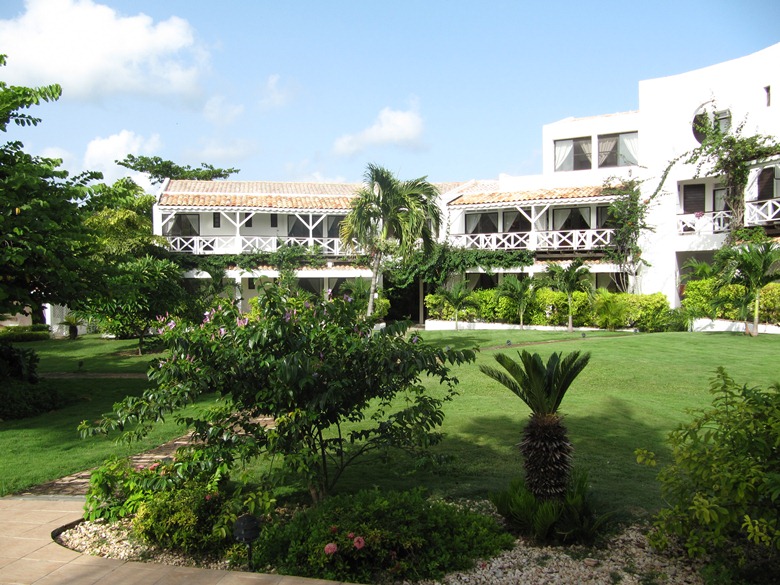You can find affordable family vacation spots in the Caribbean


DAY FIVE — They say life can turn on a dime. For Sue and Robin Ricketts it was a picnic.
The young hoteliers came over to Anguilla from neighboring St Maarten with friends for a picnic. “There was nothing here, just beaches,” said Sue Ricketts. “It was totally virgin. We couldn’t believe it.”
At the time—some 34 years ago—the couple, who were from London and had worked all over the world were searching for an island to build a hotel. When they got to Anguilla, they believed they had found their piece of paradise. There wasn’t even electricity on the entire island. Only 5,000 people lived here. But the beaches! More than 30 f them! And the friendly people! “We loved the people,: said Robin Ricketts.
They met with the tourism officials and said they aimed to raise money to build a hotel and could bring much needed expertise to the island. The tourism officials liked the sound of that. And the rest is history. The couple was involved in building the first hotel on the island –Malliouhana–with outside investment, then the famous Cap Jaluca.
Their first guest was Georgio Armani. “Trial by fire,” says Sue Ricketts. “Word started to get out about this little island.”
They started Anguilla’s flourishing villa business—ideal for multigenerational families and now manage some 80 villas on the island from the most luxurious ($1,000,000 a week) to totally affordable (a few thousand) www.anguillaluxurycollection.com).
Now they also run the boutique 27-room Anacona where rooms can be as low as $150 a night and all kinds of special programs—tennis, sailing, wellness, biking, yoga, art……
The resort is set in a lush 3 and a half acre garden planted with frangipani and palms and a short walk from Meads Bay, a spectacular stretch of beach. The Viceroy is next door.
The Ricketts want their little hotel and villa business to show people that Anguilla is not only for those who can afford five-star luxury. The hotel also serves as the island’s unofficial cultural center. In fact, the restaurant is crowded the night we visit with locals and visitors alike for the weekly dance performance that tells the story of Anguilla.
Works by local artists are on the walls. Children’s books about the island by local author Jo-Anne Mason is in the book store.
It’s easy to see why 60 per cent of guests return. The rooms are clean but very modest. But this is the kind of place where you only stay in your room to shower and sleep—the beach, the pool, a yoga class, a tour of the island beckon.
Come in late spring or summer, they suggest when rates can be as much as 50 per cent lower. Ask about special packages as the Ricketts appreciate “in this economy you have to be flexible.”
“We came to nothing and there is a lot going on now,” sue Ricketts said.
“But,” adds her husband Robin, “It isn’t just the beaches… what makes Anguila is the people… This is a very West Indian Island. There isn’t a lot of influence here by the Americas or Europe.”
“More people need to know Anguilla and the feeling of Anguilla,” says Sue Ricketts—whether you can afford the luxury villa with a butler, housekeeper and chef or a simple hotel room for $150. (There are three bedroom suites with kitchens here that at $530 likely cost less than rooms at the Viceroy next door.
“We need to get the word out that Anguilla is for everyone,” says Sue Ricketts.
